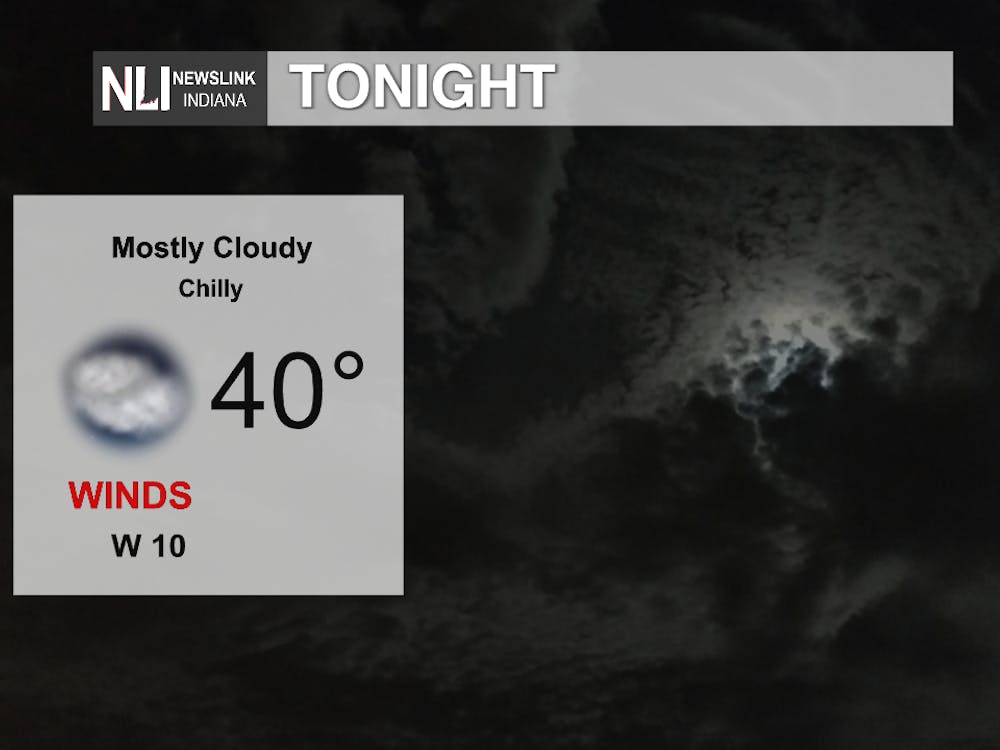Each year there are more new cases of skin cancer than the combined incidence of cancers of the breast, prostate, lung and colon, according to the Skin Cancer Foundation.
For many people, summer is all about working on a tan — but too much exposure can cause more danger than just a sunburn.
Excessive heat and ultraviolet radiation from the sun can be dangerous to people’s health with the most serious causes resulting in skin cancers.
Overexposure is something to take seriously, especially for Logan Anderson, an incoming freshman psychology major.
For Anderson, too much time in the sun puts her at a higher risk of skin cancer than most because she has albinism, an inherited genetic condition that reduces the amount of melanin pigment formed in the skin, hair and eyes.
In the U.S., approximately one in 18,000 to 20,000 people have some type of albinism, according to the National Organization for Albinism and Hypo-pigmentation.
“Skin cancer is pretty much always something I consider when I know I'm going to be spending time in the sun," Anderson said. "The risk of skin cancer is greater for people with albinism because we have a lack of pigment in our skin that can protect us from these harmful rays, but prolonged exposure to these rays — no matter skin tone or color — can cause skin cancer."
If you want to stay sun damage-free this summer, here are some facts you'll need to know:
There are three main types of UV rays: UVA rays, UVB rays and UVC rays.
Both UVA and UVB rays can damage skin and cause skin cancer. UVB rays are a more potent cause of at least some skin cancers, but according to the American Cancer Society, there are no safe UV rays.
UVC rays have more energy than the other types of UV rays, but they don’t get through our atmosphere and are not in sunlight, so they are not normally a cause of skin cancer.
Repeated sunburns and excess sun can lead to damaged cells that can form cancers such as melanoma, squamous cell carcinoma and basal cell carcinoma.
While sunburns and tanning seem to have short-term results, too much exposure can result in long-term consequences, including early skin aging, wrinkles, loss of skin elasticity, dark patches and pre-cancerous skin changes. Too much exposure to UV rages also can increase a person’s risk of cataracts and eye problems as well as suppressing the skin’s immune system.
Research shows overexposure to UV radiation is the No. 1 cause of skin cancer, and one in five Americans will develop skin cancer in the course of a lifetime, according to the Skin Cancer Foundation.
Action steps for sun safety
- Do not burn – Sunburns significantly increase one's lifetime risk of developing skin cancer, especially for children.
- Avoid sun tanning and tanning beds – UV radiation from tanning beds and the sun causes skin cancer and wrinkling.
- Generously apply sunscreen – Apply about one ounce of sunscreen to cover all exposed skin 15 minutes before going outside. Sunscreen should have a Sun Protection Factor (SPF) of at least 30 and provide broad-spectrum protection from both UVA and UVB rays. Don’t forget to reapply every two hours, especially after swimming and sweating.
- Wear protective clothing – Wear protective clothing, such as a long-sleeved shirt, pants, a wide-brimmed hat and sunglasses, when possible.
- Get Vitamin D safely – Get Vitamin D safely through a diet that includes vitamin supplements and foods fortified with Vitamin D.
- Seek shade – Seek shade when possible, and remember that the sun’s UV rays are strongest between 10 a.m. and 4 p.m.
- Check the UV Index – The UV Index provides information to help you plan your outdoor activities in ways that prevent sun overexposure. The UV Index forecast is issued daily by the National Weather Service and EPA.
Tips courtesy of the US Environmental Protection Agency (EPA).





